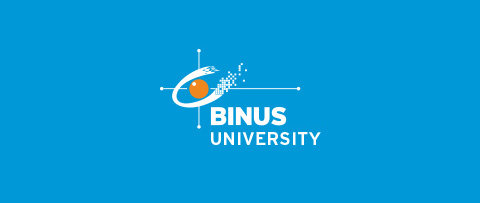Aim: This study investigates to determine the influence of wave steepness,
relative freeboard, and breaker parameters on overtopping discharge at a
perforated breakwater.
Methodology and results: The research method
used was using both a numerical model simulations on three-dimensional
computational fluid dynamics (CFD) modelling software namely FLOW-3D;
and empirical equation computation. The evaluation of both approaches
were performed for understanding the characteristics of wave discharge
that overtopping the perforated breakwater. The experimental results of
modified perforated breakwater revealed that the lowest slope possible
with the highest porosity possible can generate the highest value of
dimensionless overtopping discharge for wave energy harvesting.
Conclusion, significance and impact study: The findings of this study
formulated the optimum slope and porosity to the highest wave energy
harvested. Further studies recommend that data collection from onsite
trials of modified perforated breakwater are performed.

